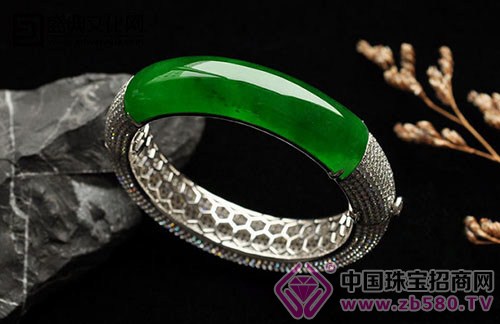In the Emerald Circle, I often hear the experts say some incomprehensible jargon, which often makes us collectors unable to find a clue. Originally, I felt that the water in the jade was particularly deep. When I heard the jargon, I was cast a mysterious color. As the saying goes, "the insider looks at the doorway and the layman looks at the excitement." For those of us who have just stepped into the collection, these The jargon is really strange, but there are rules and regulations. Jade has its own unique culture. As long as we understand the flaws inside, we can say that I am a connoisseur! Species: Also known as "species" This is a vague concept. The use of species is confusing, and the specific name is varied. For example, according to transparency, it is divided into "high transparency, then good", and vice versa; the kind with good transparency is called "old pit", the one with poor transparency is called "new species", and the transparency is between the two. It is called "new and old species"; it is also called "glass type" (very good transparency), "ice type" (good transparency) and so on. According to the type of deposit, there are “old pits†(ie, seed materials) and “new pits†(ie, mountain materials). According to the color and transparency, there are "flower green", "oil green" and so on. Water head: refers to the transparency of jade. A long head or a head of water indicates good transparency. The “one water†and “two water†are also commonly used to describe the transparency of jade. One water is the mineral that can be seen at a depth of 3mm, and the second water is a mineral that can see 6mm deep. The emerald can reach two waters, and the transparency is very good. The long head, the head of the water, or one water and two waters are only a qualitative description, and the light intensity during observation has a significant influence on the transparency. Short water heads and poor water heads refer to poor transparency, also known as “dryâ€. Cui: the cleavage plane or crystal plane of the monoclinic pyroxene in the jade, the reflection of light (sometimes the reflected light can interfere and form an interference color), which looks like a sheet, needle or star-shaped flash. The phenomenon is called “Fish†and the image of the insider is described as “fliesâ€. In general, the coarser the clinopyroxene particles, the easier it is to see. Gezi: Also known as the "foundation." It refers to the texture of jade, which is mainly determined by structure, transparency and color. For example, the structure is dense and fine, the transparency is very good, it is like glass, called "glass ground"; the transparency is very poor, the white is called "dry white"; the transparency is better, like the powder, often there are pink or purple ground. , called "powdered ground", and so on. Skin: Also known as "ç’ž", it refers to the external weathering layer formed by jade during weathering. The thickness of the skin is thin and thick, and the color is deep and shallow. The main colors are yellowish brown, brownish red, grayish white, blackish green, black, and the like. Seed material: also known as "old pit material, water stone", refers to the original jade crushed by natural machinery, carrying and rolling, gravel piled up on hillsides, riverbeds, etc., generally round to round, commonly known as pebbles. The skin of the seed material surface is formed by weathering. Due to the long period of abrasion and water immersion, its transparency is better, the texture is warmer, and it is generally superior to the mountain material. Mountain material: Also known as “new pit material†refers to the original jade ore mined from the mine. The surface of the mountain material is fresh and has no weathered leather shell. It is mostly in the form of an angular block, and the transparency is generally not as good as the seed material. Stone flower: refers to the white flocculent plaque in jade. Jadeite A: refers to the jadeite that is only mechanically processed, its color, structure and transparency are kept in a natural state, that is, natural jade. Jade B goods: For those jadeites that contain more impurities and lack quality, bleach (ie corrode) with strong acid to remove impurities. In doing so, the structure of the jadeite will be damaged to varying degrees. In order to fill the gap and enhance its firmness, it is often necessary to do the glue injection treatment. This jadeite is called “B goodsâ€. After a long time, the injected gel will gradually turn yellow. Emerald C goods: those natural color is poor, artificially added color, such as dyeing, so that jade produces the desired color, this jade is called "C goods." It is a common method to artificially add jade to color. Some jadeites are acid-washed and then added to the color before the glue is cemented. This jadeite is commonly known as “B+C goodsâ€. Spandex Swimwear Fabric,Spandex Swimwear,Spandex Bathing Suits,Spandex Nylon Swimwear shaoxing wenguang knitting co.,ltd , https://www.wenguangknitting.com
